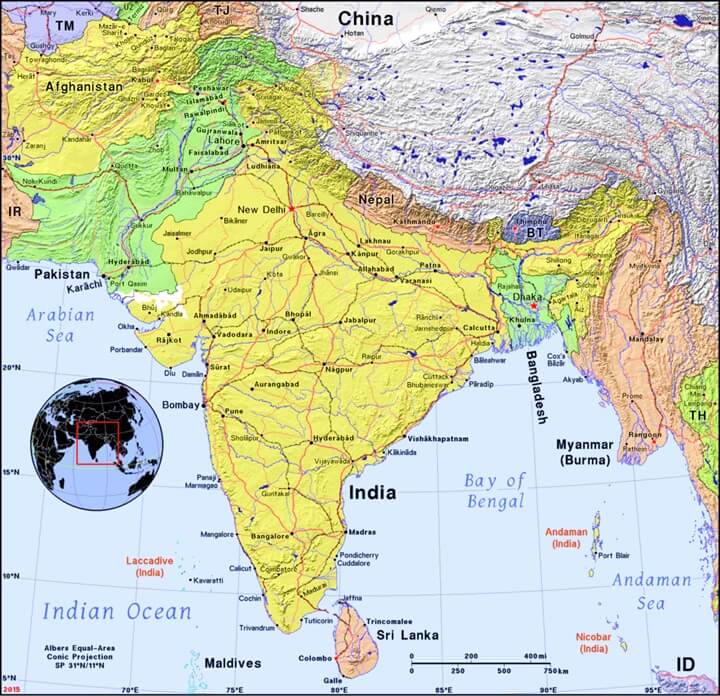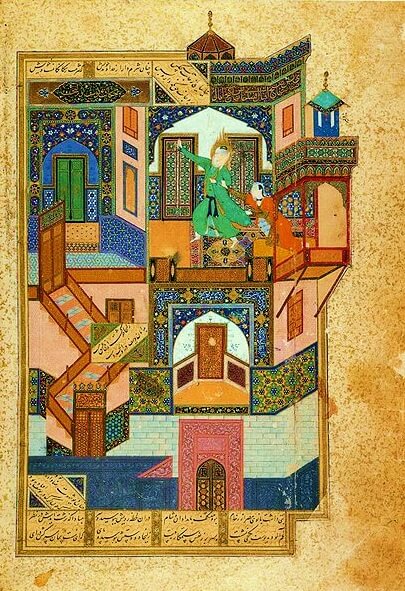Study the artwork for one week.
Over the week:


Activity 1: Can You Find It?
Find the following in the artwork:

Activity 2: Narrate the Artwork
Activity 3: Complete Vocabulary Activities
Activity 5: Explore Symbolism
Zoom in and identify what each of the symbols might represent.
☠
☘
☺
☹
♫
♰
Activity 6: Explore Patterns
Zoom in and identify what the next four symbols in each pattern should be.
☀ ☃ ☀ ☃ ☀ ☃ ☀ ☃ ☀
▣ ⚫ ⛛ ▣ ⚫ ⛛ ▣ ⚫ ⛛
★ ☁ ☂ ☮ ★ ☁ ☂ ☮
⚑ ⚑ ⚐ ⚐ ⚑ ⚑ ⚐ ⚐